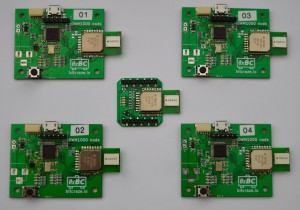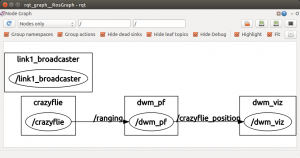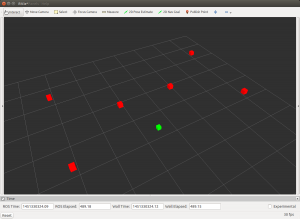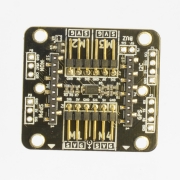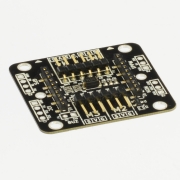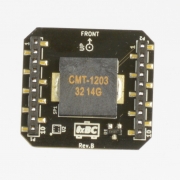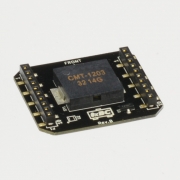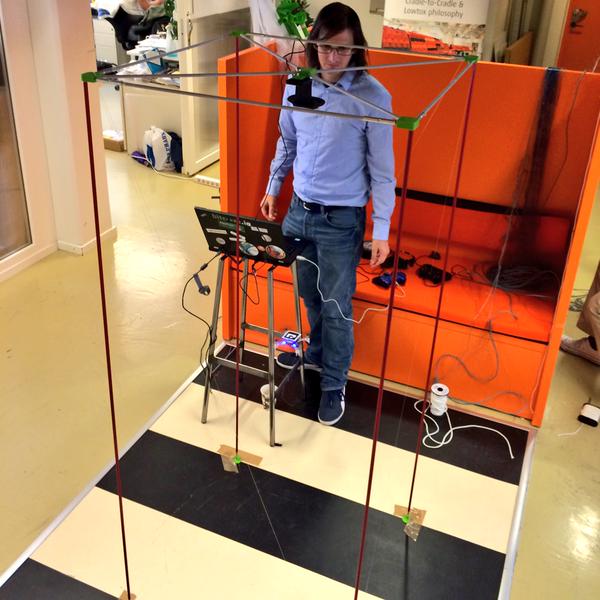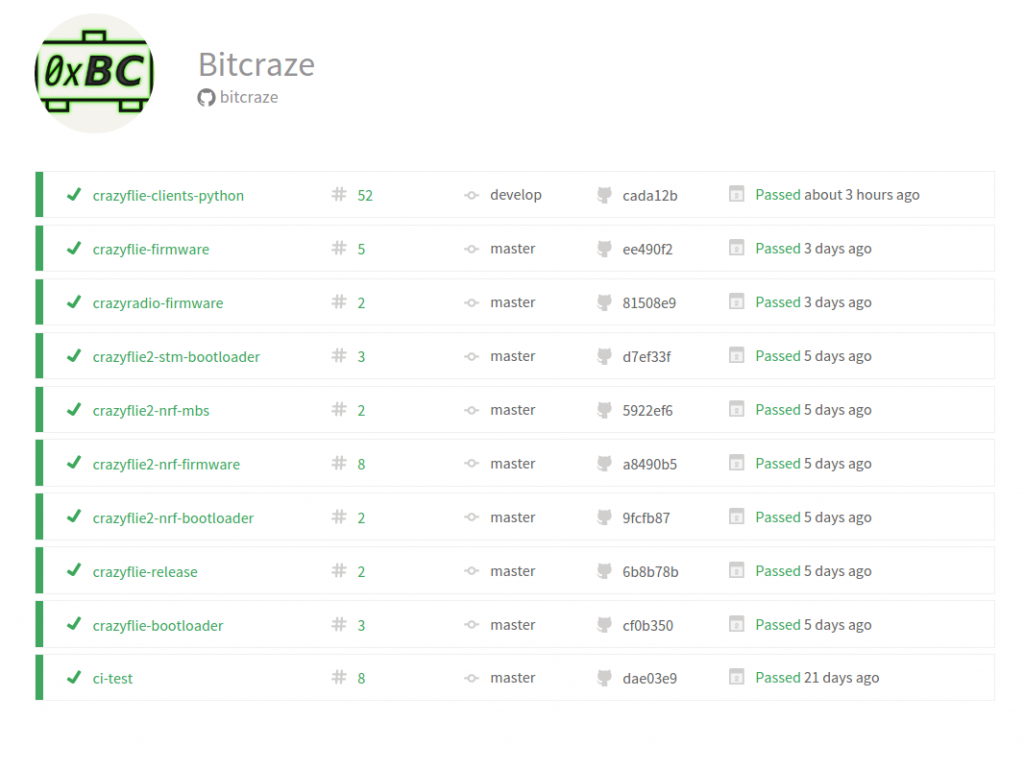As we have written before we are working on a DWM100-based ultra-wide-band local positioning system, we are making good progress and are getting ready to ship alpha systems. We hope to be able to ship in the following weeks. We aim at shipping these alpha system to anyone interested to test it early.
The alpha anchors and DWM deck will be very close to our expected final system. We are in the process of pushing the source code for it on GitHub, it will have open-source public code before we ship the first system.
We have now stocked enough DWM1000 modules and we are ordering the final PCB design for the anchor. This would allow early access to the technology and for us we would be able to get feedback. We are planning on selling the anchors around 100USD each and the DWM decks 70USD. The price is taking into account that we are manually soldering, testing and shipping ourselves. If you are interested to get access early please contact us (you can find the contact email on the contact page).
We have just made a quick and dirty video tour of our basement/autonomour flight lab. This was shot in one take so it is a bit messy, but our goal was to show our current state. We are using the Crazyflie python client training mode with the automatic controller as a student. This is why I keep the gamepad in my hand most of the time: the first flight is done with me controlling thrust and yaw, the controller controls roll and pitch. The second flight is fully autonomous but I still could take-over control by pressing a button. On a side note these tests are showing how good it is to have a lightweight and robust quadcopter like the crazyflie: the Crazyflie you see in the video has crashed countless time this last mount in the basement, I have not yet changed the motor mounts nor any other part on it.

